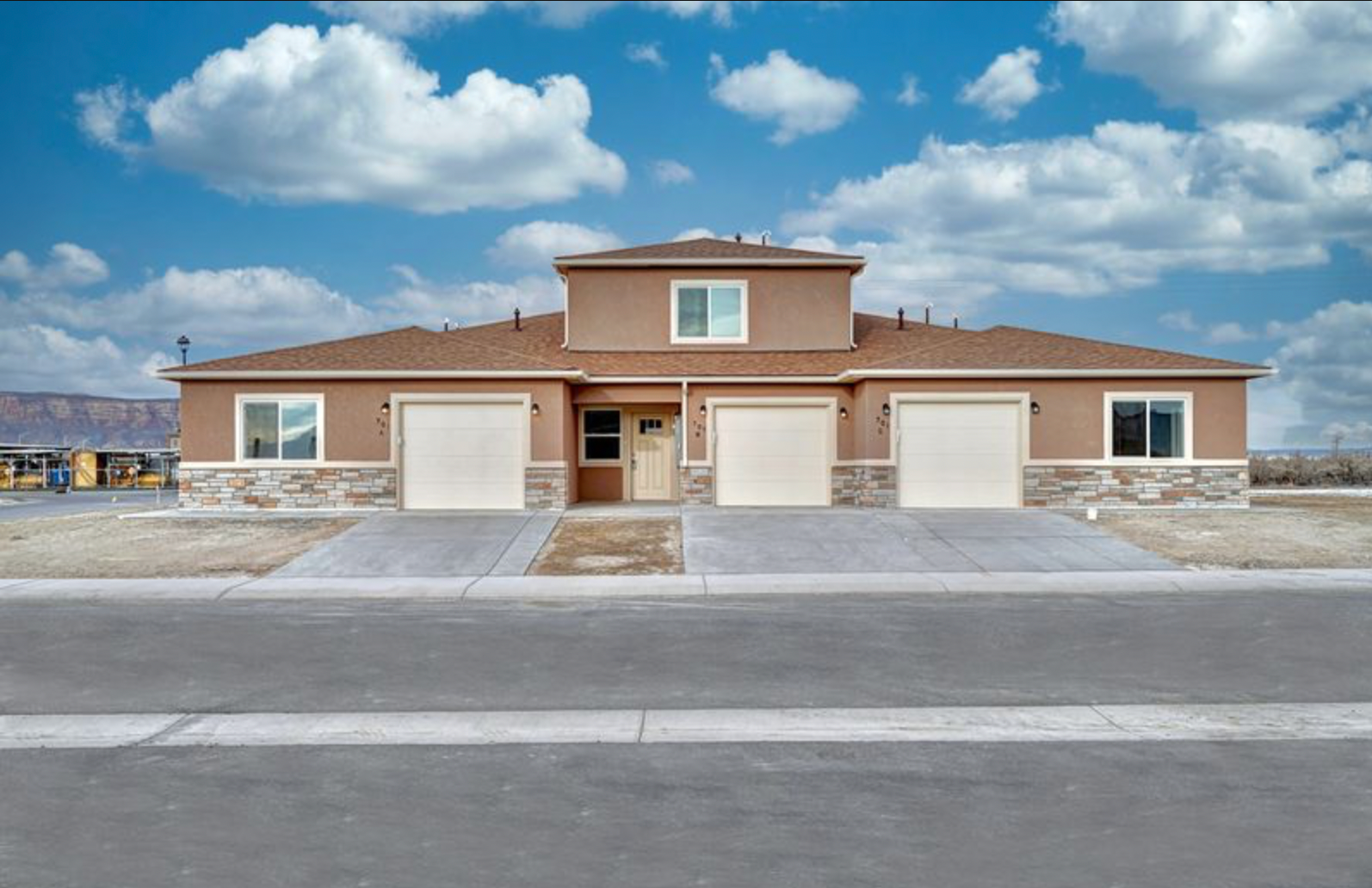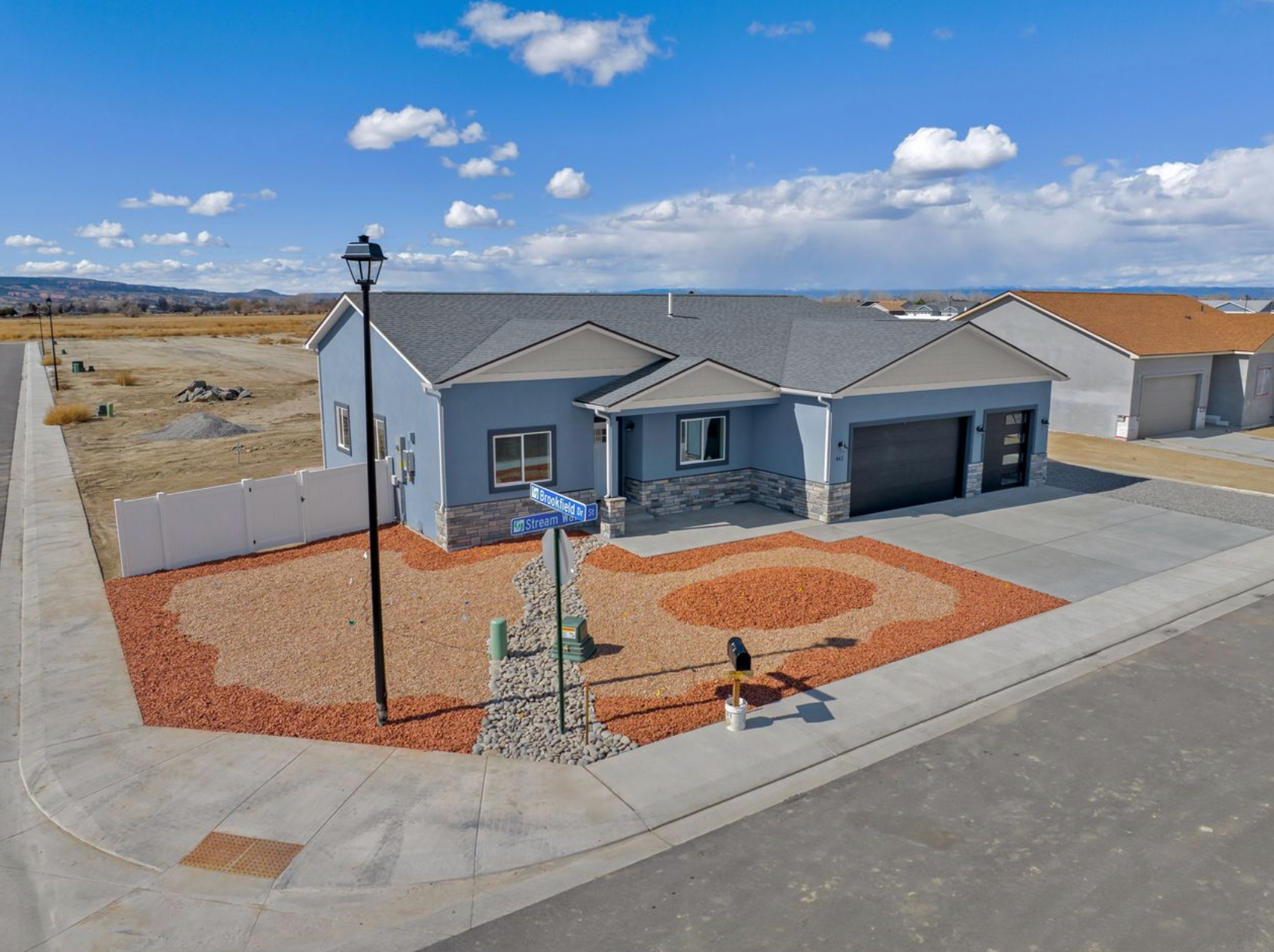The Movement Towards Sustainability

The movement towards sustainable energy is one of the most transformative and urgent global shifts of our time. Driven by the necessity to combat climate change, reduce environmental impact, and ensure long-term energy security, this movement represents a fundamental rethinking of how we produce, consume, and manage energy.
At Senergy Builders, we not only wholeheartedly believe in this movement, but we act on it, bringing it into our very own communities through energy efficient homes and neighborhoods. Let’s delve more into the details of this movement that stands at the core of our mission.
Drivers of the Sustainable Energy Movement
Climate Change Mitigation
One of the primary motivators behind the sustainable energy movement is the urgent need to address climate change. The burning of fossil fuels for energy is the leading source of greenhouse gas emissions, which contribute to global warming and extreme weather events. Transitioning to sustainable energy sources, such as solar, wind, and hydropower, helps reduce these emissions and mitigates the adverse effects of climate change.
Resource Depletion
Fossil fuels are finite resources that are being rapidly depleted. As reserves dwindle, the environmental and economic costs of extraction and use rise. Sustainable energy sources, such as renewable resources, are abundant and replenishable, providing a long-term solution to the problem of resource depletion.
Energy Security
Reliance on imported fossil fuels can pose risks to national security and economic stability. By developing domestic sustainable energy sources, countries can enhance their energy security, reduce dependence on volatile international markets, and stabilize energy prices.
Key Technologies in Sustainable Energy
Solar Power
Solar energy harnesses the power of the sun through photovoltaic (PV) cells or solar thermal systems. Advances in solar technology have led to increased efficiency and reduced costs, making solar power one of the most widely adopted renewable energy sources. Solar farms, rooftop panels, and solar water heaters are common applications of solar technology.
Wind Power
Wind energy is captured using wind turbines that convert kinetic energy from wind into electrical power. Onshore and offshore wind farms have seen significant growth due to technological improvements and increased efficiency. Wind power is a scalable and versatile solution, suitable for a range of geographic locations.
Hydropower
Hydropower generates electricity by harnessing the energy of flowing water, typically through dams or run-of-river systems. While large-scale hydropower projects have been criticized for their environmental impacts, small-scale and run-of-river systems offer more sustainable alternatives. Hydropower remains a reliable and consistent source of renewable energy.

Challenges Facing the Sustainable Energy Movement
Intermittency and Storage
Many sustainable energy sources, such as solar and wind, are intermittent and depend on weather conditions. This variability poses challenges for maintaining a stable energy supply. Advances in energy storage technologies, such as batteries and pumped hydro storage, are critical to addressing this issue and ensuring reliable energy provision.
Luckily for the residents of Grand Junction, we have an abundant supply of sunshine in our state. Installing our homes with solar panels is the most convenient and efficient step to take with a Senergy Builders home.
Infrastructure and Integration
Integrating sustainable energy sources into existing energy infrastructure requires significant investment and adaptation. Upgrading grids, developing smart grid technologies, and expanding transmission networks are essential to accommodate and distribute renewable energy effectively.
Put your trust in Senergy Builders to deal with this challenge and take care of your future home for you!
Economic and Policy Barriers
While the cost of sustainable energy has decreased, economic and policy barriers can still hinder its adoption. Subsidies for fossil fuels, lack of incentives for renewable energy, and inconsistent regulatory frameworks can impact the growth of sustainable energy sectors. Comprehensive and supportive policies are needed to overcome these challenges.
Future Prospects of Sustainable Energy
The future of sustainable energy is promising, driven by ongoing advancements in technology and increasing commitment to environmental goals. Several key trends are shaping the future of the movement:
Technological Innovation
Continued research and development are expected to drive further innovations in sustainable energy technologies. Breakthroughs in energy storage, grid management, and new renewable energy sources will enhance the efficiency and feasibility of sustainable energy solutions.
Decentralization and Electrification
The trend towards decentralization of energy production, with increased use of local and community-based renewable energy systems, is expected to grow. Electrification of sectors such as transportation and heating, powered by renewable energy, will further reduce reliance on fossil fuels. As always, put your faith in your community!
Global Collaboration
Addressing the challenges of climate change and energy sustainability requires global cooperation. International agreements, such as the Paris Agreement, and collaborative efforts in research, technology development, and policy-making will play a crucial role in advancing sustainable energy initiatives. We all have a role to play when it comes to working towards a greener Earth.
Public Awareness and Engagement
Growing awareness of environmental issues and sustainability will drive consumer demand for clean energy solutions. Public support and advocacy can influence policy decisions, promote sustainable practices, and accelerate the transition to renewable energy.
Choose Senergy Builders
The movement towards sustainable energy represents a critical response to the challenges of climate change, resource depletion, and energy security. By embracing renewable energy technologies, addressing the associated challenges, and fostering innovation and collaboration, we can pave the way for a cleaner, more sustainable energy future. The ultimate success of this movement will depend on our collective efforts to navigate the complexities of energy transition and create a resilient and environmentally responsible energy system for future generations.
At Senergy Builders, we're deeply committed to advancing sustainability in our community of Grand Junction by exclusively building energy efficient homes in all of our subdivisions. We integrate the latest technologies as well as design principles that significantly reduce energy consumption and our environmental impact.
By incorporating high-performance insulation, energy efficient windows, and renewable energy systems like solar panels, we ensure that each home we construct minimizes its carbon footprint. Our dedication to sustainability enhances both the comfort and cost-effectiveness of our properties, while also supporting broader environmental goals and contributing to a greener future for our communities.
Thank you for reading!
You might also like



Book a Service Today
We will get back to you as soon as possible
Please try again later
SENERGY BUILDERS SPECIALIZES IN ENERGY-EFFICIENT CUSTOM HOME CONSTRUCTION SERVICES
SENERGY BUILDERS SPECIALIZES IN ENERGY-EFFICIENT CUSTOM HOME CONSTRUCTION SERVICES
SENERGY BUILDERS SPECIALIZES IN ENERGY-EFFICIENT CUSTOM HOME CONSTRUCTION SERVICES
SENERGY BUILDERS SPECIALIZES IN ENERGY-EFFICIENT CUSTOM HOME CONSTRUCTION SERVICES
Contact Details
Contact Details
Address: 1111 South 7th Street
Grand Junction, CO 81501
Address: 1111 South 7th Street
Grand Junction, CO 81501
Phone Number:
Phone Number
970.248.8500
Powered by Third Loft Marketing and Website Design

